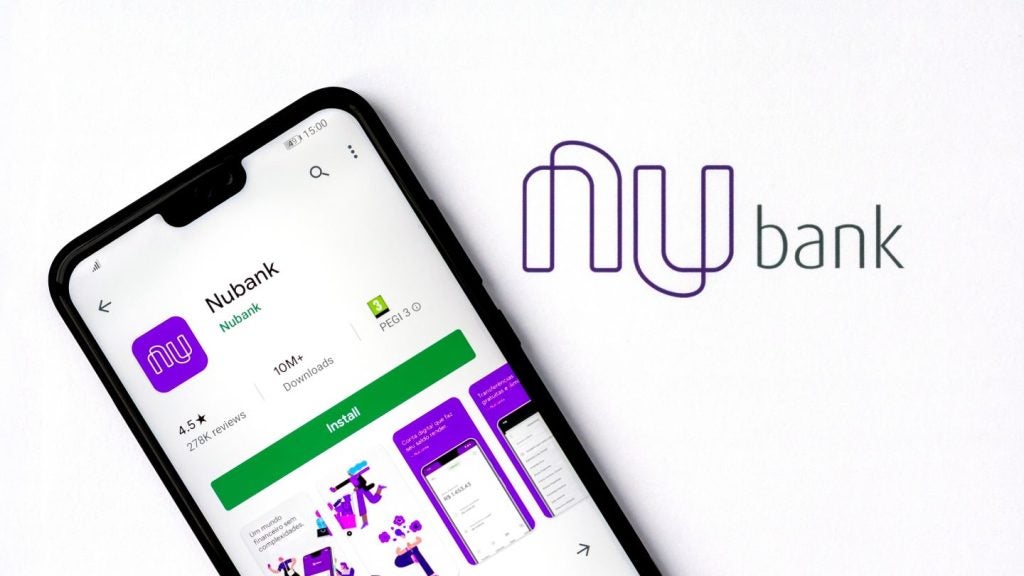Transforming the branch-based
heritage of one of Europe’s largest banks and developing digital
services was never going to be easy. But UniCredit’s head of online
and mobile banking, Alessandro Colafranceschi, tells Duygu Tavan
the bank is enjoying phenomenal growth of online and mobile
customer numbers.
 “Hey boy,
“Hey boy,
what do you think you can do with this thing called the internet?
Don’t you know that this bank was established in 1478,” a board
director asked Alessandro Colafranceschi six years ago.
The senior director believed
UniCredit’s branch-focused heritage would make it impossible for
the then newly appointed head of online banking to adapt new
technology and incorporate it into the bank’s existing
services.
“It was embarrassing,”
Colafranceschi told RBI. “It was not going to be easy to
change the culture of the bank.”
Colafranceschi’s first challenge
was to extend UniCredit’s banking services to the online channel,
followed by setting up a mobile-banking operation.

US Tariffs are shifting - will you react or anticipate?
Don’t let policy changes catch you off guard. Stay proactive with real-time data and expert analysis.
By GlobalData“But if you can change the culture
of a bank that was established in 1478, you can then get the
necessary resources you need to expand services into online and
mobile banking, and then start changing the bank’s infrastructure,”
he said.
So Colafranceschi’s IT team began
laying the foundation for the “operational excellence”, which the
bank strived for in direct channel banking, by developing a web
analytics tool six years ago.
They then used the bank’s webpage
as a lab, to acquire “proof” of the potential value of online
banking for customers and to “transfer solutions on to the online
banking service”.
It seems to have worked. Six years
on and UniCredit is accelerating its online and mobile banking
services in Italy – a country where penetration of the new banking
services is below that of economically poorer countries, such as
Slovenia, Slovakia, the Czech Republic, Poland and Lithuania.

This year, UniCredit was the market
leader in Italy in terms of online customers with a 26% market
share and, according to Colafranceschi, a total of 3.5m enabled
online customers.
“The Italian retail banking market
is not as advanced in terms of internet penetration and internet
banking,” he said.
“It is not like the US and UK or
the northern European countries, so it was initially more difficult
to begin to transform our bank into an e-business.”
Colafranceschi referred to a study
by a research company from the Netherlands, Forrester, who
concluded that the letter ‘e’ would in a few years be no longer put
in front of the term ‘business’.
“Technology will be incorporated in
the word ‘business’,” Colafranceschi predicted.
“But today, we are still setting
the ‘e’ in front of the term ‘business’ – especially from the
perspective of the Italian market, which is not as advanced in
terms of internet penetration, internet banking adoption, internet
usage.”
“Yet, we are already riding on a
tsunami-like growth of customers that are using mainly or
exclusively the online channels.”
He said that about 30% of
UniCredit’s customers use direct banking channels, such as the
internet, ATM and mobile banking services.
“The growth in customers using
direct channels to bank is going to change UniCredit and its
culture in the years to come Colafranceschi said. “In some
countries in Europe, internet banking is already part of the bank’s
culture – but not in Italy. So there is a bigger scope for our
success.”
 But
But
thanks to the rapid growth in customers using direct channels to
bank, the culture of the bank has already begun to change.
“We can see how fast the internet
adoption in banking is accelerating and make predictions: In five
years, we will have two out of three customers banking online,”
Colafranceschi said.
“This [prospect] is very powerful.
So it is an opportunity, as well as a risk.”
Colafranceschi compared the rapid
adaption of direct channels to entering adolescence.
“With adolescence comes growing
pain. But we approached this adolescence with very strong passion
and commitment,” he said.
Currently, the bank’s online
banking service has already attracted “over twom active online
customers per month this year”.
“I expect online banking to grow by
20 to 25 per cent year-on-year for the next five-to-six years,” he
said.
But he added that this prospect
also poses a challenge to keep the excitement about internet and
mobile banking – and spurring it on further.
For Colafranceschi, it is the
traditional branch that can maintain and stimulate the growth in
online and mobile banking.
He said that the branch presence
was still very much a key element in the bank’s strategy to
increase online and mobile banking in Italy.
“The key element [in developing
direct channels] was to get employees who work in the branches
happy and supportive of the transition to online and mobile,” he
said.
He added that when the IT
department began their internet strategy six years ago, the overall
opinion among branch-based employees was that the IT department
would steal their jobs by expanding the bank’s services to the
internet and other direct channels.
But now the employees have realised
that the internet and mobile banking channels strengthen and
support the branch, he said.
The majority of employees rank
online banking number one among UniCredit’s banking services,
according to Colafranceschi.

To adapt to the growing demand in
online banking services among customers, every bank would have to
change its banking culture.
Changing the traditional,
branch-focused culture of UniCredit enables the bank to work on and
develop new resources and infrastructure.
It will also help to keep existing
customers as well as attract new clients, he said.
Looking ahead to the future of
UniCredit’s online and mobile services, he said that the bank plans
to expand the direct channel service into the 22 countries where it
has a presence, especially in Germany through its subsidiary, Hypo
Vereins Bank.
Regional country teams will
maintain day to day control and management of the internet channel,
Colafranceschi said.
Each country team will be
responsible and in charge of regional e-banking products and the
development of applicable services.
This is because internet
penetration in each country differs from another, he said. Thus,
you cannot apply the same strategy to each country.
“There is no roadmap in direct
channel banking,” Colafranceschi said.
“Just choose a good compass and head towards sales results.”
See also:







